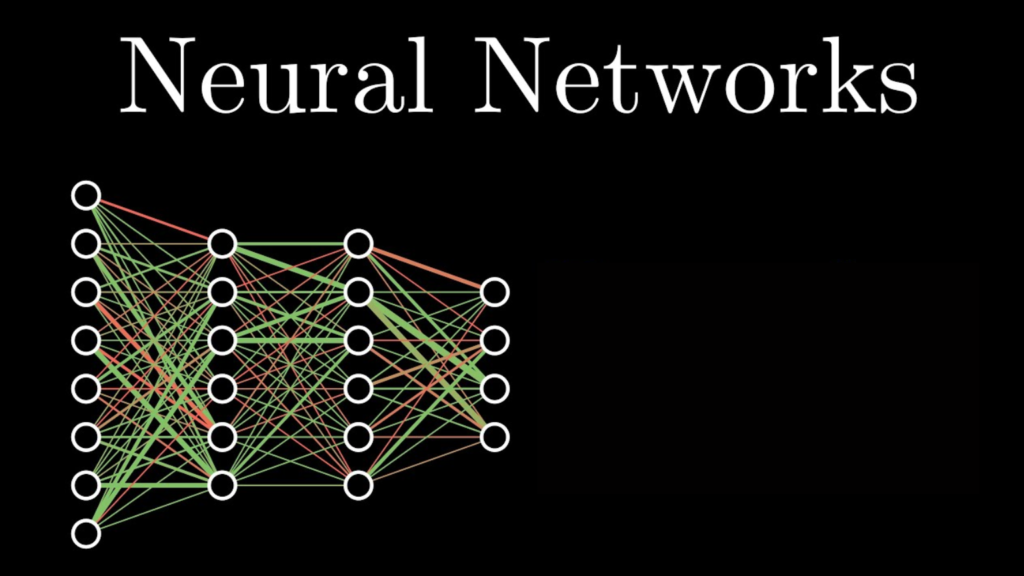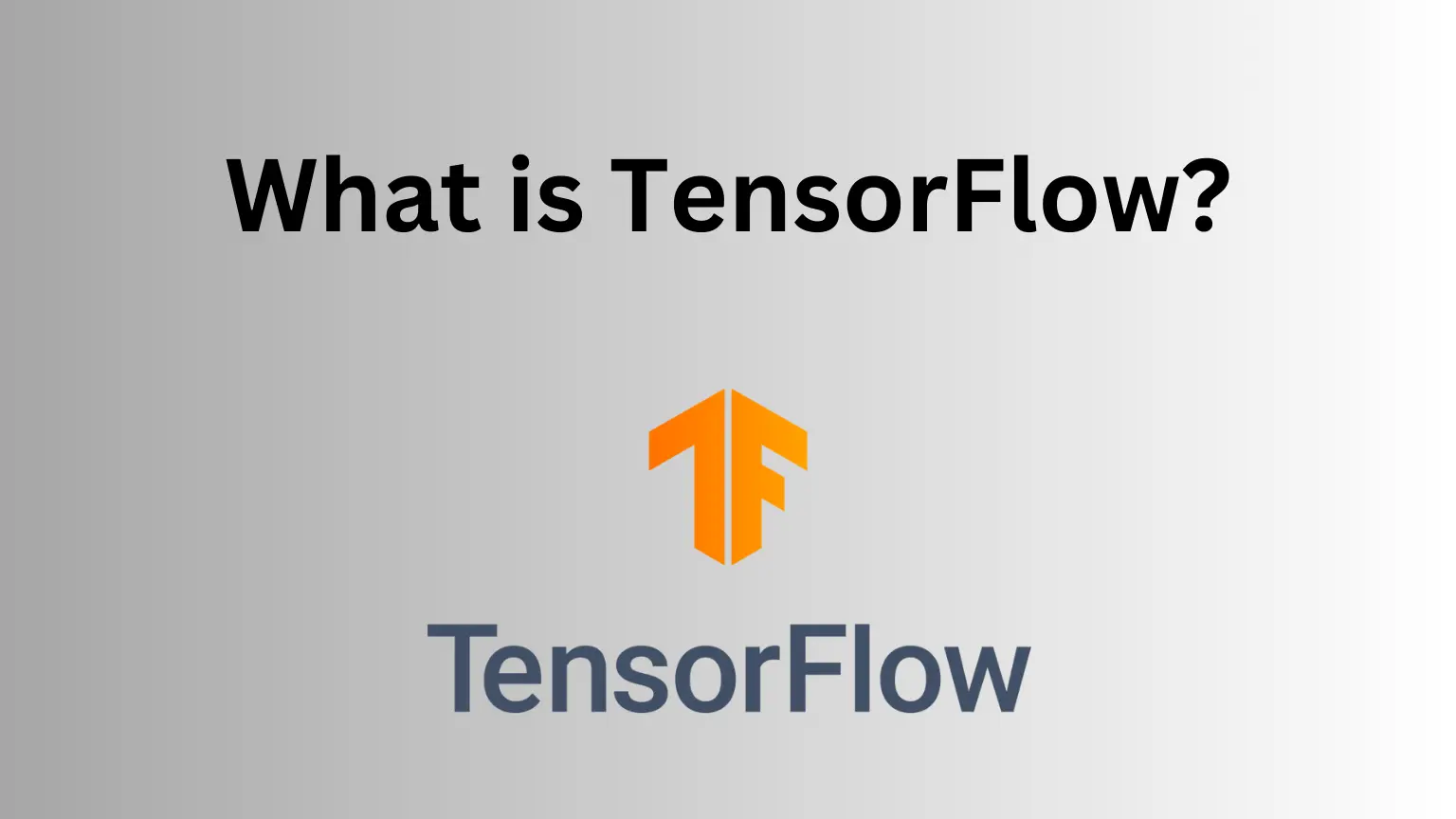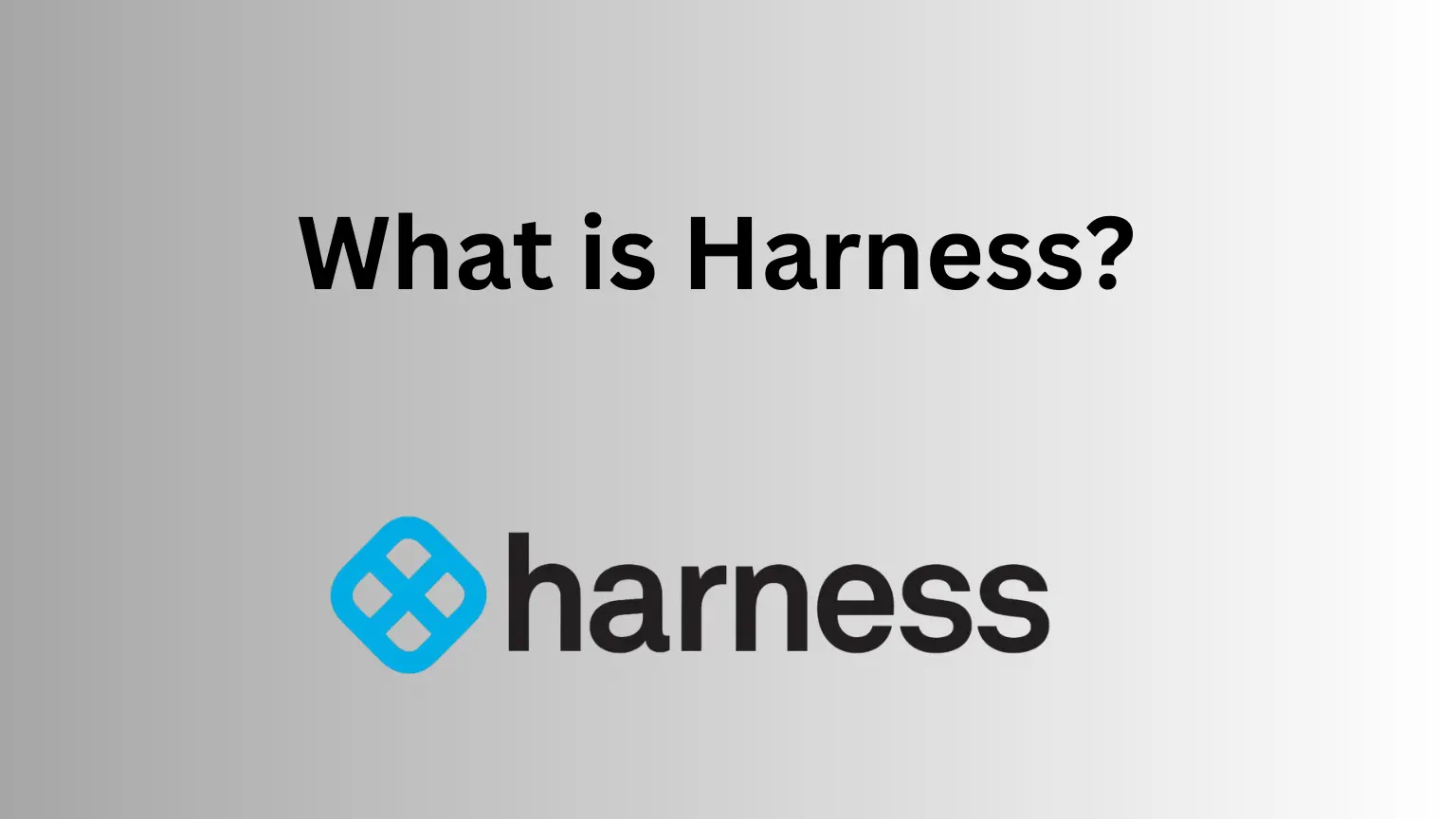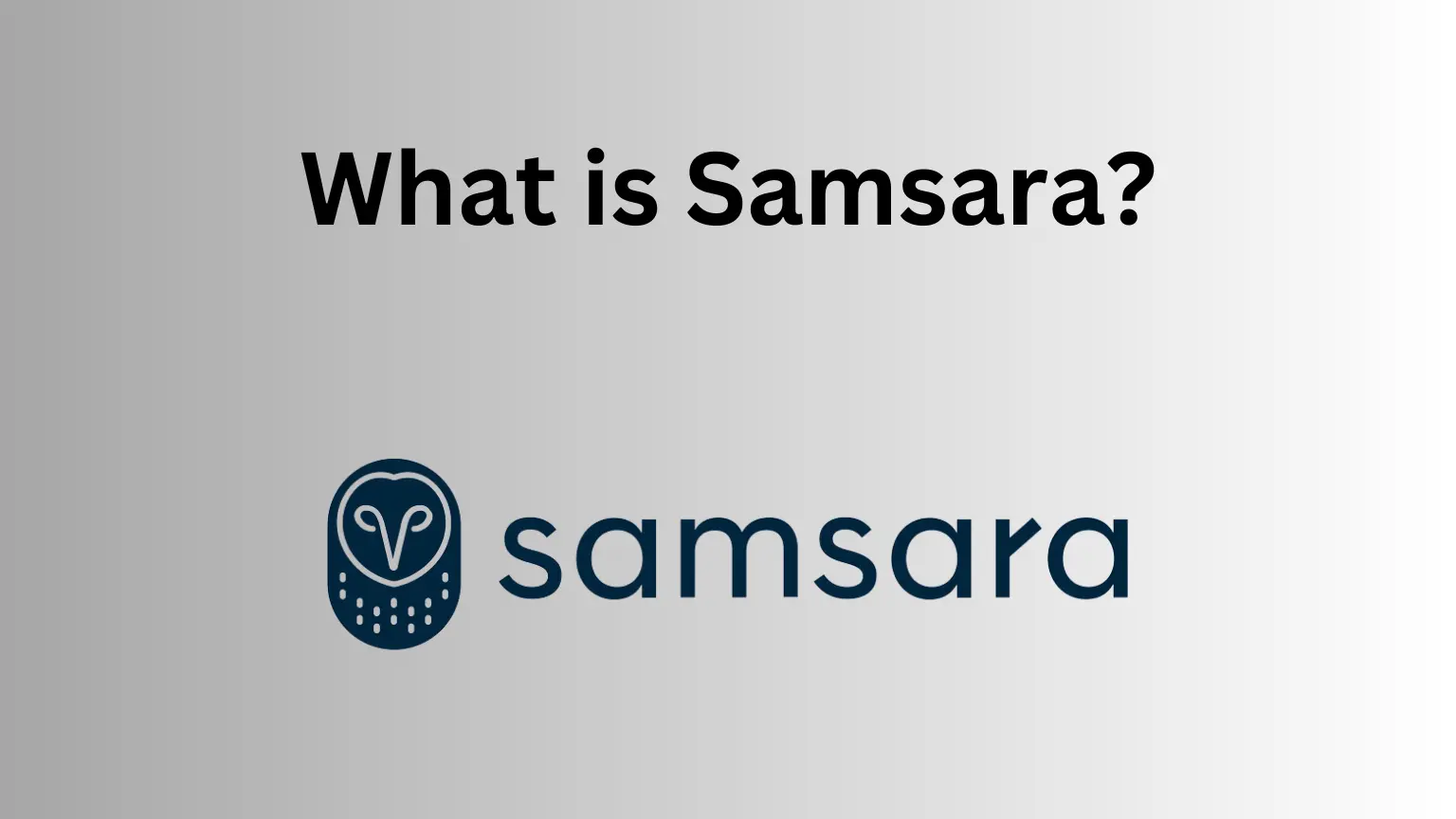A Bayesian Network is also known as a belief network or directed acyclic graphical model. It is a probabilistic graphical model that represents a set of variables and their conditional dependencies via a directed acyclic graph (DAG). In simpler terms, Bayesian networks are mathematical models that represent the relationships among variables. In doing so, it helps in predicting outcomes based on input data.
On the other hand, a Neural Network, inspired by biological neurons, is a computing system. It consists of highly interconnected nodes or “neurons” that process information. They process information by responding to external inputs and relaying information between each unit. Neural Networks are designed to classify and pattern information in a manner similar to the human brain.
So, the key difference lies in their operational mechanisms: Bayesian Networks employ probabilistic relationships. Whereas Neural Networks rely on learning patterns in data through complex, neuron-like structures.
Is a Bayesian Network a Neural Network?
Given their differing natures, it would be incorrect to categorize Bayesian Networks as a type of Neural Network. They are distinct models with unique theoretical foundations. However, in certain situations, the techniques can be merged to create a Bayesian Neural Network, an intriguing fusion that we will discuss later in this article.

What is the difference between Machine Learning and Bayesian Networks?
Machine Learning is a broad field of study and application that encompasses numerous methods and models, including Bayesian Networks. It aims to build systems that can learn from data, improve over time, and make decisions or predictions. A Bayesian Network, on the other hand, is a specific tool used within the field of machine learning. It is designed to model uncertain knowledge and reasoning.
Electric Car Efficiency vs Gas: A Comprehensive Comparison
What is the difference between a Random Forest and a Bayesian Network?
Random Forests and Bayesian Networks are both powerful machine-learning techniques but have different approaches. A Random Forest is an ensemble learning method that operates by constructing multiple decision trees. It outputs the mode of the classes for classification or mean prediction for regression. It is often used for its simplicity and ability to handle large datasets with high dimensionality.
In contrast, a Bayesian Network is a probabilistic graphical model that uses Bayes’ theorem to infer the probabilities of uncertain events. It shines in applications where relationships among features need to be modeled explicitly or where interpretability is critical.
What is the difference between Naïve Bayes and Bayesian Networks?
Naïve Bayes is a simplified version of a Bayesian Network. In Naïve Bayes, all features are assumed to be independent of each other, an assumption that is “naïve” in many real-world situations. On the contrary, a Bayesian Network represents dependencies among all variables and does not necessarily assume independence, providing a more realistic and complex modeling approach.
Bayesian Neural Network
Now let’s discuss the intriguing hybrid of the two methods we mentioned earlier – the Bayesian Neural Network. This model integrates the complexity and learning capacity of a Neural Network with the probabilistic approach of a Bayesian model.
A Bayesian Neural Network captures the uncertainty in its predictions by providing a distribution of outcomes rather than a single-point estimate. This feature makes Bayesian Neural Networks highly useful in tasks where estimation of uncertainty is crucial. This means you can use it for financial forecasting or medical diagnosis.

Bayesian Neural Network Example
Consider a Bayesian Neural Network deployed for predicting stock market trends. Unlike a regular Neural Network that might predict a specific value, a Bayesian Neural Network would give a range of potential values with associated probabilities. This feature is particularly useful for traders, who could not only gain insight into expected trends but also understand the inherent uncertainty in these predictions.
Bayesian Neural Network for Classification
In a classification task, a Bayesian Neural Network provides the probabilities for each class, allowing for a more nuanced understanding of the results. This can be particularly useful when working with imbalanced datasets, where misclassification costs may vary among classes.
Bayesian Neural Network Tutorial
Delving into the step-by-step details of building a Bayesian Neural Network is beyond the scope of this article. Resources such as the TensorFlow Probability library provide extensive documentation and tutorials for those interested in implementing this innovative hybrid model.
Conclusion
Bayesian Networks and Neural Networks are distinct models with unique advantages and applications. Their fusion into a Bayesian Neural Network opens up new possibilities for modeling uncertainty in complex predictive tasks. As the field of machine learning continues to evolve, the understanding and application of these models will continue to be an essential aspect of any data scientist’s toolkit.
What is a Bayesian Network?
A Bayesian Network is a probabilistic graphical model that uses the principles of probability to model a set of variables and their conditional dependencies via a directed acyclic graph (DAG). They are commonly used to model uncertain knowledge and reasoning in machine learning.
What is a Neural Network?
A Neural Network is a computational model that is designed to simulate the way humans learn. These networks are composed of layers of interconnected nodes or “neurons” that can process and pass on information. They are often used to recognize patterns and classify data.
Can a Bayesian Network be considered a type of Neural Network?
No, Bayesian Networks and Neural Networks are different models with unique theoretical foundations and applications. However, these models can be combined to form a hybrid known as a Bayesian Neural Network.
What’s the difference between Machine Learning and a Bayesian Network?
Machine Learning is a broader field that encompasses many models and methods, including Bayesian Networks. It focuses on the development of algorithms and statistical models that computers use to perform tasks without explicit instructions. On the other hand, a Bayesian Network is a specific tool or method used within machine learning to model relationships among variables and make predictions.
How do Random Forests differ from Bayesian Networks?
A Random Forest is a machine learning model that builds multiple decision trees and merges them to get a more accurate prediction. In contrast, a Bayesian Network uses a graphical model to represent a set of variables and their conditional dependencies. While Random Forests excel at handling large, high-dimensional datasets, Bayesian Networks are particularly useful when relationships among features need to be explicitly modeled or when interpretability is essential.
How does Naïve Bayes differ from Bayesian Networks?
Naïve Bayes is a simplified form of a Bayesian Network. In Naïve Bayes, all features are assumed to be independent of each other, which is often an unrealistic assumption in real-world applications. A Bayesian Network, however, allows for explicit representation of dependencies among variables.
What is a Bayesian Neural Network?
A Bayesian Neural Network is a type of neural network that integrates Bayesian probability theory. This model provides a probabilistic measure of uncertainty in its predictions by offering a distribution of possible outcomes instead of a single point estimate.
Can you give an example of a Bayesian Neural Network application?
A classic example is the prediction of stock market trends. Unlike a standard Neural Network that might predict a specific value, a Bayesian Neural Network would provide a range of potential values with associated probabilities. This probabilistic prediction helps traders understand the inherent uncertainty and make more informed decisions.

















